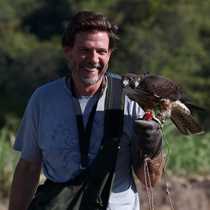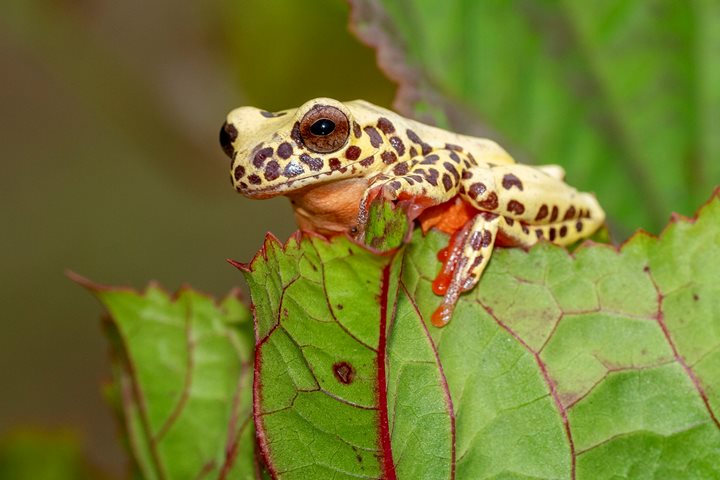This morning we explored the shoreline of the Ucayali River. Our jungle walk was quite interesting because the dry ground we walked on turns into an aquatic ecosystem for about three or four months of the year. All the plants and trees we saw become submerged partially or in their totality. This biome is called varzea. We learned from our Peruvian naturalists about the Catahua tree, which is used for making dug-out canoes. We got to see and enjoy the sweet smell of the Gustavia tree. Although not related to the magnolia, it rivals the beauty of that flower and its fragrance is sweet like that of a gardenia.
During our trek, we saw three species of Amazonian arboreal rodents: the black squirrel, the red squirrel, and the dwarf squirrel. The red and black squirrels are quite big. By looking through binoculars, we could see that they have shorter hair than squirrels in higher latitudes. They are very agile and muscular.
Later, we navigated upriver towards the mouth of El Dorado, an important tributary of the Ucayali River. As soon as we entered the very narrow mouth of the river, we noticed an important concentration of fish, due to the low level of the river. Thousands of fish of many species splashed on the calm surface. Our afternoon skiff exploration also included a very fun stop to fish for piranha.
During our nocturnal wildlife search, our naturalists used spotlights to show us several black caimans and spectacled caimans, as well as boat-billed night herons and bulldog fishing bats.







